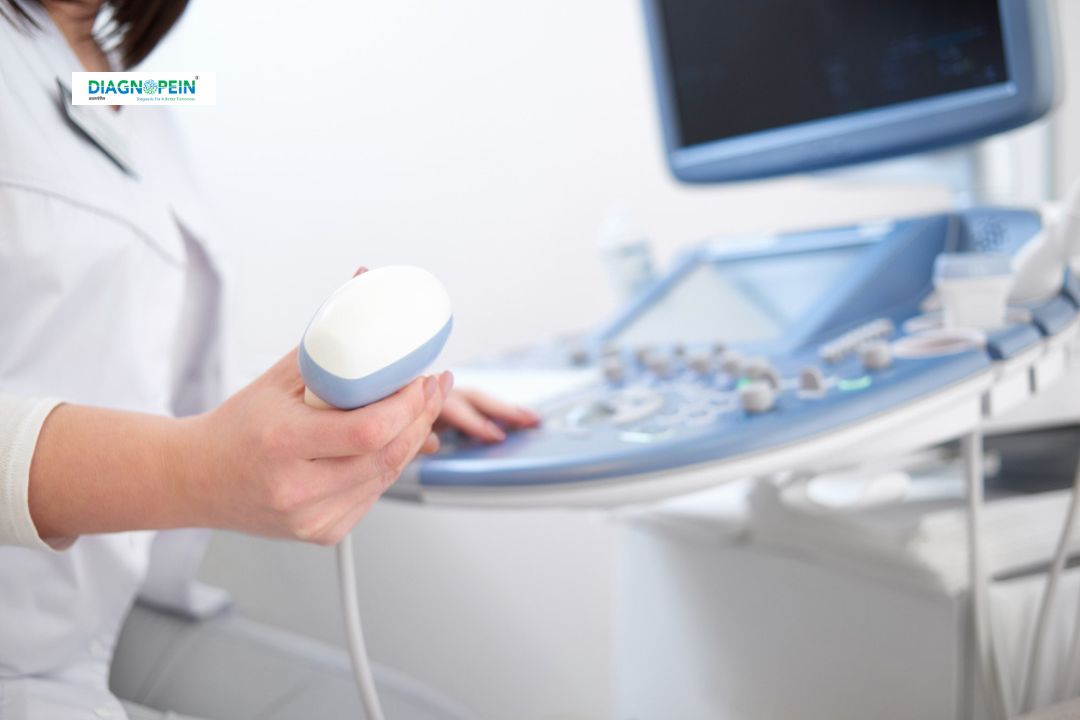Why USG IUGR Doppler Barcelona Staging is Important
Understanding IUGR (Intrauterine Growth Restriction) is vital for ensuring fetal health. When a fetus fails to grow at the expected rate, early detection through USG IUGR Doppler Barcelona Staging helps identify the underlying cause—whether placental insufficiency, maternal hypertension, or other factors.
The Barcelona staging system divides IUGR into multiple stages (from Stage I to IV), depending on Doppler waveform changes. Each stage reflects the degree of oxygen and nutrient compromise experienced by the fetus. Stage-based assessment supports customized monitoring and interventions, minimizing risks of preterm birth or stillbirth.
Key benefits include:
-
Early identification of placental dysfunction.
-
Precise staging for better management.
-
Guidance for optimal delivery timing.
-
Improved neonatal outcomes.
Benefits of USG IUGR Doppler Barcelona Staging
Performing USG IUGR Doppler Barcelona Staging offers several advantages for both clinicians and expectant mothers. It provides valuable insights into fetal circulation and placental efficiency, helping in evidence-based clinical decisions.
Main benefits:
-
Accurate diagnosis: Detects abnormal blood flow in fetal and placental vessels.
-
Non-invasive and safe: Uses ultrasound technology without radiation exposure.
-
Risk prediction: Forecasts fetal distress and potential complications before they occur.
-
Timely management: Assists obstetricians in selecting suitable intervention strategies.
By integrating the Barcelona staging model, the Doppler study becomes a powerful tool for differential diagnosis and monitoring of fetal development in pregnancies at risk for growth restriction.
How the USG IUGR Doppler Barcelona Staging Test is Done
Procedure Steps:
-
The patient lies comfortably in a supine position.
-
A specialized transducer is placed on the abdomen to capture fetal and placental blood flow.
-
Doppler waveforms are obtained from key vessels like the umbilical artery, middle cerebral artery (MCA), and ductus venosus.
-
These waveform patterns are analyzed using the Barcelona staging algorithm to determine the stage of IUGR.
The entire procedure takes around 20–30 minutes. It is completely painless and does not require special preparation.
Relevant parameters measured:
-
Umbilical artery resistance index (RI) and pulsatility index (PI).
-
Middle cerebral artery (MCA) PI.
-
Cerebroplacental ratio (CPR).
-
Ductus venosus a-wave status.
These parameters collectively indicate the fetus’s ability to receive nutrients and oxygen.
Conclusion
USG IUGR Doppler Barcelona Staging is essential for modern obstetric imaging and fetal medicine. It provides a structured, scientific way to identify, classify, and monitor intrauterine growth restriction, improving pregnancy outcomes through timely diagnosis and intervention.
Patients should undergo the test as recommended by their gynecologist or fetal medicine specialist to ensure healthy fetal growth and delivery planning based on objective Doppler findings.








